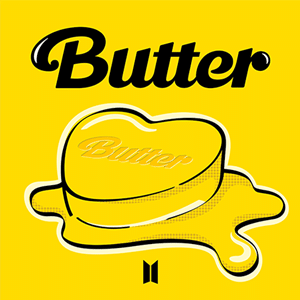Hello friends,
I am making this guide as a way to share what I have learned over the last many years as an avid nosebutter enthusiast. Nosebutters are super fun and from what I have found, often misunderstood. This will hopefully serve as a way to explain to you how my brain process's nosebutters and some helpful tips to get you up on them tips.
First of all, buttering works best by far with your skis together. Don't even think about separating your legs from eachother the entire time. Your goal is to create 1 virtual "board" that your body leans into and bends, creating a lever action and balance point that you can slide and swing around on, creating the basis of a butter.
Secondly I will say that the ideal feature to learn these on is a firm roller with a decent slope on the landing so that you have time to pop and rotate. You don't need to send it over chads to make it work, but you do need to find a roll over of some sort that will drop away from you and allow you the time to rotate the trick properly. Also keep in mind that the sidecut and profile of your ski will greatly affect how big of a turn you have to make during the S carve and therefore will affect how you swing around and pop once on your noses. I bring this up because buttering on one ski to another is relatively different and requires some adjustment. The actual flex of your skis is not nearly as important as you think. Yes if you are on some GS Race skis, you're not going to have very much fun trying these but most modern park or all mountain freeride type skis are soft enough to butter with proper technique. The camber profile will help you a lot in this case. Example being, ON3P's are not soft but the rocker profile lets you roll up onto the tips and do the trick really well.
Next, you want to make an S carve into the butter, so the first part of the S is an unnatty carve into the second part which is the initiation of the butter as you begin to lean into the ski firmly and swing your upper body into the butter. You should feel your skis loading up in the noses and begin to flex under your weight. The more comfortable you get, the more you will be able to begin the press and hold it still riding forward. This is the ideal way to do it in my opinion. It looks cool and gives you control on when to swing around and pop. It shows control and also lets you initiate the trick before you are at a critical point of do or die if approaching a jump, roller or drop.
Keep in mind that a nosebutter is a lot about commitment. You have to throw your weight around and stay forward pressing into the trick in order to make everything work properly. On top of that, you need to carry a decent speed into the butter itself. I would try and think of how fast you wild hit a small DFD if you were gapping to the last down. You see a lot of "nosebutterish" type butters because many people half ass some part of what I'm talking about (or the jump is 100 feet and it's just insane regardless) or aren't fully committed to the nosebutter. Learn them on snow before trying to take them to rails, as the ability to aim and time them correctly takes more finesse than just doing the trick on open snow.
With every butter, now matter how big or small of a spin, the pop happens at 180. Your goal is to confidently swing into a 180 and pop going switch right at 180. The easiest way to pop is to think about swiping your skis back at 180 like backscratcher style and turning your head/shoulders to lead the spin (like any spinning trick). You won't actually fully be able to have your skis go that far back, but if you think of it that way, you should pop correctly and feel what I am trying to say here. Nosebutter 540's work the best as far as intended physics of this trick. Trying to hold it at 360 doesn't work as fluidly (assuming this is off a knuckle) and I would recommend you start trying to do the 540 because it will force you to turn your head and shoulders and feel how the trick wants to work.
Lastly, the thing I never hear people talk about is speed. Going faster will make buttering easier. There are way more forces at work when you are skiing at speed than you on flat trying to bend your skis. They will flex more, your trick will work better and you have a much better chance of landing properly with some speed behind you. You don't need to break any land speed records, but I cannot stress this enough. It's the number 1 mistake I see people make when attempting butters.
I have linked a slow mo video example for you to study based on what I have written here. Please let me know if there is anything I can add to make this better or if there any questions I can answer. Thanks and enjoy!
https://www.newschoolers.com/videos/watch/1018482/NoseBudExample
A quick word on blocking ads

It looks like you are using an ad blocker. That's okay. Who doesn't? But without advertising revenue, we can't keep making this site awesome. Click the link below for instructions on disabling adblock.























